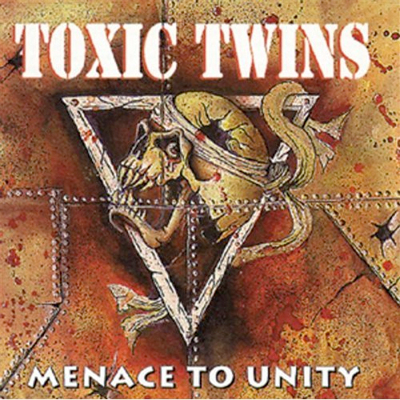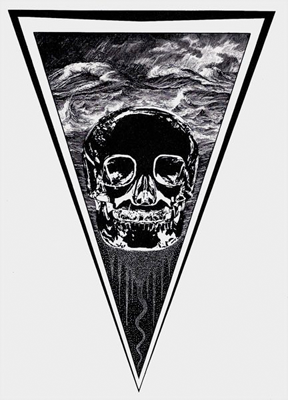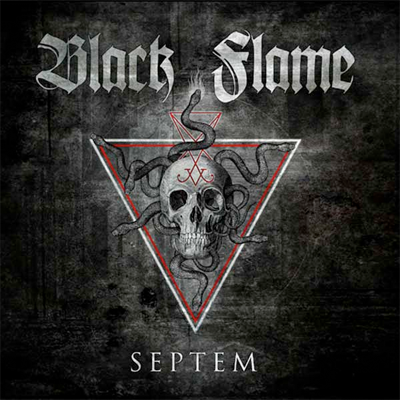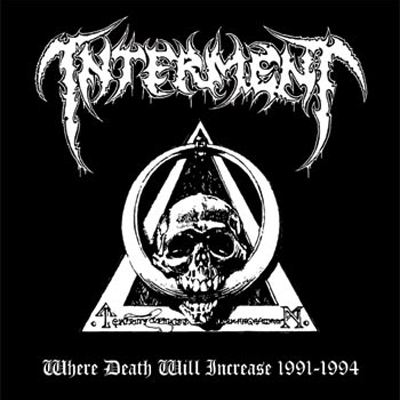
TOXIC TWINS, Menace to Unity (1997, Brennus)
The skull:
This is surely just a photo of the underside of a skateboard from the 80s, right? What else could it possibly be? It’s pretty cool, in that very-low-rent Pushead knockoff kind of way, even if the riveted metal motif doesn’t make a whole lot of sense. If anything, the fastened-together look more like a defense, rather than a menace, of unity. But anyway, the bandana is a nice touch, and I’m sure that if this guy’s jaw is open to speak, the word he’s speaking is, “Gnarly!” or its Corsu equivalent.
The music:
You’d think, with a name and a cover like this, that Toxic Twins would be some mid-grade new thrash band, but you’d be wrong. In fact, this Corsican (!!!) act have been around since at least 1994, and this, their second album, is a surprisingly interesting historical curiosity. The main vibe I get is “LA 1986,” as Toxic Twins sound like nothing so much as a cross between Warrior and Motley Crue, although that glammy base is leavened by a bit of the weirdness you’d sometimes get from bands like Saigon Kick or Warrior Soul. If that list of names does nothing for you, I can assure you, aside from Warrior (whom I love), it does little for me, but Toxic Twins blend it all up in a mid 80s stew that is nonetheless fairly enjoyable. The music isn’t especially heavy, but it’s definitely metal, and the glammier aspects feel more vestigial than intentional. I have no idea who is singing (basically all of the members are credited with vocals) but most of the lead vocals are sung by just one guy, and he sounds a lot like Warrior’s Perry McCarty, minus the upper end of McCarty’s (once) astounding range. This midrange rasp is put to great use, and some catchy melodies are eked out of not a lot of notes. There are a couple longer passages sung by another guy, and he’s not nearly as good, even if he isn’t terrible. My main complaint with Menace to Unity is that it rarely really gets going, and by the end of the disc, all the mid-tempo tunes start to blend together, but this was a serious problem across the board in melodic (non-power) metal in the mid 90s, and the tunes here are generally strong enough to overcome this as a serious handicap. While the other two Toxic Twins albums appear to be long out of print, evidently Musea (of all labels) reissued this about a decade ago and it’s still available. Supposedly the band is still around, but their last release came out in 2008, so who knows? But, this album is sufficiently good that I think I’m going to have to spend a little time trying to track down those other albums, if only digitally, because there’s some chance that they might be pretty good.
— Friar Johnsen


